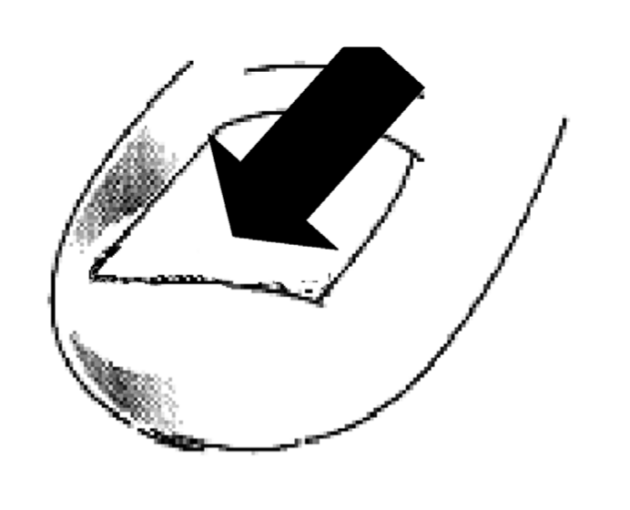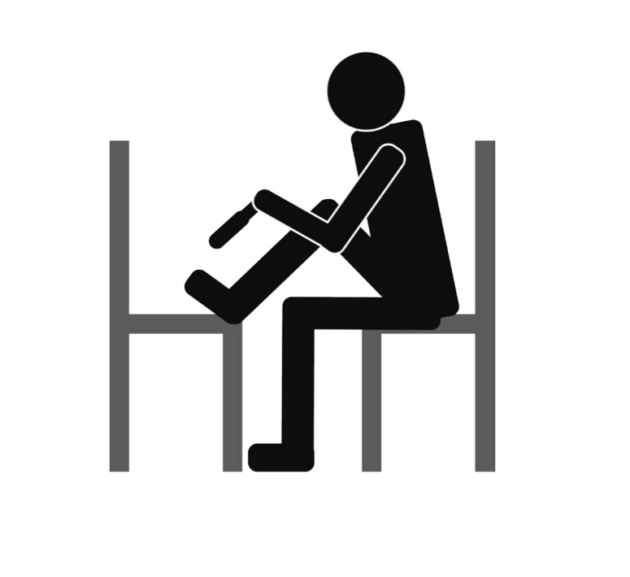This leaflet aims to give simple, basic advice for good foot care for patients and their carers.
Tips for safe foot care
Good foot care can mean painless, healthy feet. If you get into a daily routine, your feet are more likely to stay healthy. Wash your feet daily in warm water, using a moisturising wash. Don’t soak them for more than ten minutes as this can reduce the natural oils of the foot, causing dry skin.
Make sure that you thoroughly dry your feet. Use tissues to dry between the toes by gently dabbing the area if your skin is fragile. This prevents grazing the skin and reduces the risk of fungal or bacterial infections. If the skin between your toes appears
white and moist use surgical spirit or witch hazel daily.
- Remove hard skin by gently rubbing with a pumice stone or foot file. Avoid doing this if the hard skin is over a joint or bony area.
- If your skin is dry, use a moisturising cream daily. Do not apply between the toes.
- Keep your feet warm and take regular exercise. This helps with the circulation.
Don't
- do not se sharp instruments such as razor blades to cut corns or hard skin.
- do not use corn paints or corn plasters which contain acid.
- do not use ingrowing toenail paints as these contain acid.
Care of the toenails
Correct nail care is important. Follow these steps to reduce the risk of problems. When you cut your nails, use proper nail clippers. Cut straight across and not too short or down the corners, as this can lead
to ingrowing nails.
A safer way is to file them
Use a foot file approximately twice a week and gently file in one direction down the end of your nails (away from yourself, see diagram 1 below). This is particularly useful if your nails tend to be thickened.

Long-handled emery board files are ideal and can be purchased from many high street stores.
If you get discomfort from the sides of your nails due to build-up of dead skin, use a toothbrush or soft nailbrush to gently brush up the side (away from yourself). Rubbing in a little moisturising cream and brushing away can also help to keep the sides clear.
The safest way to reach your foot is to be seated on a chair, with your foot on a towel-covered chair, opposite you. If you are able, bend your knee upwards, as this allows the foot to be closer to the body.

Footwear
It is important for good foot health to wear well fitting shoes. (see the leaflet your shoes and you for further information).
- The ideal shoe should fit the foot properly and be the correct width and length. It should have a broad heel and have a fastening (lace, buckle or Velcro).
- Slippers offer little support or protection to the foot and become worn very quickly, and therefore can be dangerous. They are made from man-made materials, which encourage perspiration and do not stretch to fit the foot. They should never be tight fitting but, if worn, ideally should be of the bootee type with zip or Velcro fastening.
- Always change your hosiery (tights or socks) daily. Cotton or wool are better than man-made fabrics as they allow for swelling and absorb perspiration.
About the service
People who attend the podiatry services may have been referred by a health professional for a number of reasons. This could be because they are ‘at risk’ from conditions such as diabetes, rheumatoid arthritis or other debilitating illnesses that have affected their foot health.
It may be for foot care advice. Patients may also self refer and these patients may be invited to a:
- foot health talk
- assessment appointment dependent on the reason for referral
If you have any concerns, please contact us, please note we do not provide a routine nail cutting service.
Contact Doncaster podiatry foot protection service
Cantley Health Centre
Middleham Road
Cantley
Doncaster
South Yorkshire
DN4 6ED
Telephone: 03000 211550
Email: rdash.podiatryreferrals@nhs.net
Document control
Leaflet information
This information is correct at the time of publishing
April 2017.
Document reference: DP2812/07.17
Page last reviewed: April 30, 2024
Next review due: April 30, 2025